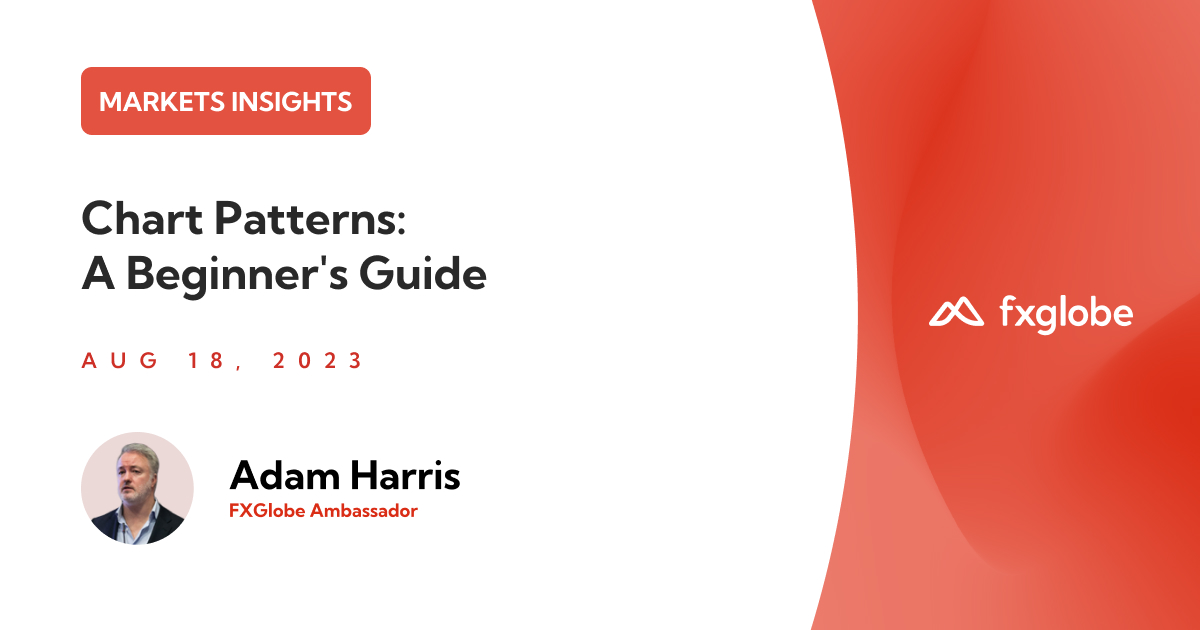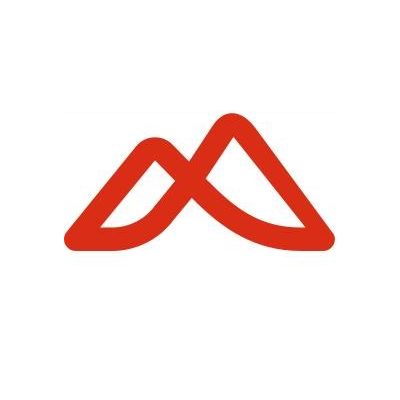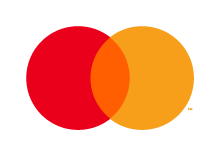What is Technical Analysis?
Technical analysis is a methodology used by traders and investors to analyze historical price and volume data in order to make predictions about future price movements. It involves studying chart patterns, indicators, and other statistical tools to identify trading opportunities.
Some key aspects of technical analysis that every beginner should know:
- Chart Patterns: Recurring formations on stock charts that provide insights into market psychology and potential trend reversals or continuations. Common patterns include head and shoulders, double tops/bottoms, triangles, flags, and gaps.
- Support and Resistance: Price levels where buying or selling pressure is strong enough to stop the price from moving further. These act as potential entry, exit or stop-loss points.
- Trend Analysis: Identifying the prevailing direction of price movement (uptrend or downtrend) and trading in alignment with the trend.
- Indicators: Mathematical calculations based on price, volume or other data that help identify trends, reversals, momentum, volatility etc. Examples include moving averages, RSI, MACD.
In summary, technical analysis helps traders make informed decisions about trades by studying historical charts and market data. Mastering it can significantly improve trading performance.
Benefits of Technical Analysis

- Increased Confidence: Chart patterns and indicators provide more conviction in trading decisions.
- Risk Management: Identification of support/resistance for stop losses. Oversold/overbought indicators warn of potential reversals.
- Timing: Tools to identify potential trend reversals or continuations for entries and exits.
- Objectivity: Systematic approach based on charts and quantifiable data vs. emotional decisions.
- Adaptability: Can be combined with various styles – day trading, swing trading, investing.
Overall, technical analysis provides a probabilistic approach to trading. By mastering it, traders can trade with greater confidence and discipline.
Types of Chart Patterns
Head and Shoulders
- Comprises three peaks – a large head framed by two smaller shoulders.
- Signals a potential trend reversal from bullish to bearish or vice versa.
- Formed when buying pressure weakens after a strong uptrend.
Flags and Pennants
- Continuation patterns that pause briefly before the trend resumes.
- Formed during sharp price movements as market took a breather.
- Flag – Horizontal consolidation, pennant: triangle consolidation.
Triangles
- Formed by converging trendlines indicating consolidation.
- 3 types – Ascending, Descending, and symmetrical.
- Breakout indicates potential new trend.
Gaps
- Empty spaces left on the chart when the price jumps.
- Show shift in market sentiment.
- Types are Breakaway, Runaway, and exhaustion.
Double Tops and Bottoms
- Two similar price peaks or troughs indicate a trend reversal.
- Formed when buying/selling pressure equals out.
- Breakout confirms a new trend.
How to Spot Chart Patterns
Identifying key chart patterns is an essential skill in technical analysis. When you can recognize common patterns like head and shoulders, cup and handles, flags, and wedges on a price chart, you gain important insights into market psychology and future price moves.
This guide will provide a beginner trader with the knowledge needed to spot high-probability chart patterns and trade them effectively. We’ll cover what chart patterns are, how they are formed, and tips for identifying them accurately.
With practice, you’ll be able to spot high-probability chart patterns as they form and confidently trade the anticipated breakouts. Let’s get started!
- Learn the basics – support, resistance, trends, and volume first.
- Look for distinct peaks and troughs – potential reversal patterns.
- Identify horizontal areas where the price stalls – potential support/resistance.
- Notice converging trendlines indicating consolidation.
- Scan for gaps between candlesticks that indicate sharp jumps.
- Confirm patterns using volume, indicators, and other analysis techniques.
- Combine pattern analysis with risk management for robust trading.
How to Trade Chart Patterns
- Identify and confirm the pattern – don’t rely only on shapes.
- Wait for a breakout and retest for an entry signal.
- Place protective stop loss based on pattern support/resistance.
- Project a price target using pattern height or indicators.
- Manage trade intelligently – don’t stay married to a position.
- Stick to your trading plan and predefined rules.
- Review both winning and losing trades to improve skills.
High-Probability Entry and Exit Strategies
Breakout
- Enter on the closing price break of the trendline/resistance with a spike in volume.
- Place a stop loss below the breakout candle low to control risk.
- Book partial profits at each new high and trail stop loss.
Pullback
- Look for a pullback or correction after the initial breakout.
- Enter on the resumption of the original trend after a pullback.
- Use pullback point as logical area for stop loss.
Momentum
- Identify strong momentum with technical indicators.
- Enter on pullbacks in direction of the momentum.
- Use longer timeframes to determine the overall trend.
Pattern Targets
- Measure height/length of pattern and project as price target.
- Consider Fib ratios – 0.618, 1.00, 1.618 extensions.
- Scale out of trades at suggested targets.
Resources for Improving Chart Analysis
- Books: Technical Analysis of Financial Markets by John Murphy, Encyclopaedia of Chart Patterns by Thomas Bulkowski.
- Online Courses: Udemy, Investopedia, Coursera courses on technical analysis.
- Charting Platforms: TC2000 for charting tools.
- Screeners: Finviz, MarketInOut, TradeIdeas to scan for chart patterns.
- Communities: Reddit, Twitter, Discord groups to exchange ideas/strategies.
- Code Libraries: Python TA-Lib for technical analysis automation.
- Journals: Technical Analysis of Stocks & Commodities magazine for latest techniques.
Continuous learning using these resources will drastically improve your chart pattern analysis skills over time.
Conclusion
In summary, technical analysis using chart patterns can provide a probabilistic approach to trading. Mastering pattern analysis, combining it with indicators and risk management, and continuously improving your skills will lead to better trading outcomes.
This guide covered major chart patterns, high-probability strategies, and key resources to help beginners advance their technical analysis skills. Consistent application of these concepts will make you a better trader.












